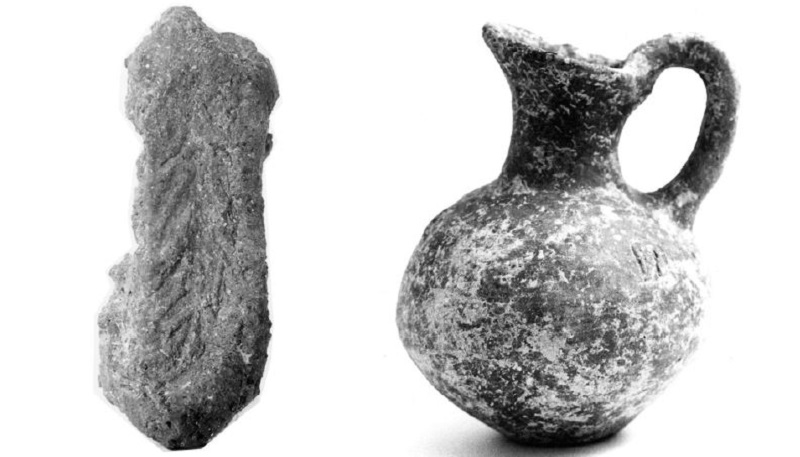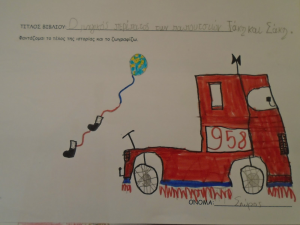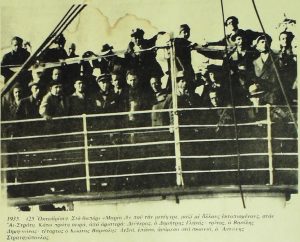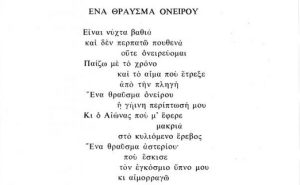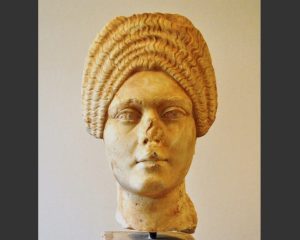Myrina in Prehistoric Times
Συγγραφέας: Αχειλλαρά Λίλλιαν
Έκδοση: Μέρος του συλλογικού έργου The Aegean on the Neolithic, Chalcolithic and the Early Bronze Age, Ankara University Research Center for Maritime Archaeology (Ankusam), Άγκυρα 2008
Proceedings of the International Symposium October 13th-19th 1997, Urla-Izmir (Turkey)
Επιμέλεια έκδοσης: Erkanal Hayat, Hauptmann Harald, Sahoglu Vasif, Tuncel Riza
Γλώσσα: Αγγλική
Αριθμός σελίδων: 8 (Σελίδες 1-8)
ISBN: 9789754827675
Περιγραφή: Prehistoric Lemnos with at least three major settlements -Poliochni, Myrina and Koukonisi- as well as numerous sites with building remains, like that of Mikro Kastelli, Vriokastro, Progomylos, Agariones, Axia, Kaspaka, etc. held an important place in the culture of the North Aegean. With its strategic geographical position at the entrance of the straits of the Hellespont and on the sea routes from and to the Euxine Pontus, it constituted the station through which goods and ideas were circulated. Also, it was the base for the development of metallurgy of raw materials and the technical know-how which came from the wealthy centers of the Black Sea.
The settlement of Myrina is founded on the west coast of the island, opposite Chalkidiki and the Sporades. It has the characteristics of a coastal settlement with a geomorphology that assured it self-sufficiency from an agricultural, stock-raising and fishing point of view. It provided a safe anchorage for its inhabitants, and also a revictualling station for merchants and mariners.
Rescue excavations begun by the XXth Ephorate of Antiquities in 1986 have uncovered on the coastal area of Richa Nera remains of a settlement with urban character, fortified with a mighty wall. The rich movable finds give some insight into the occupations and the everyday life of the inhabitants. Agriculture, animal husbandry and fishing form the occupations that have relationship with the dietary and the economy of the people of the settlement. Moreover, the inhabitants developed processing activities (bone-working, stone-working, spinning, metallurgy) and are occupied with carpentry, pottery, textile weaving, basketry, trade and seafaring.
The archaeological researches up to now date the settlement from the Late Neolithic period to the Early Bronze Age with correspondence to the blue, the green and the beginning of the Red period at Poliochni.
Ψηφιακό περιεχόμενο (link)



